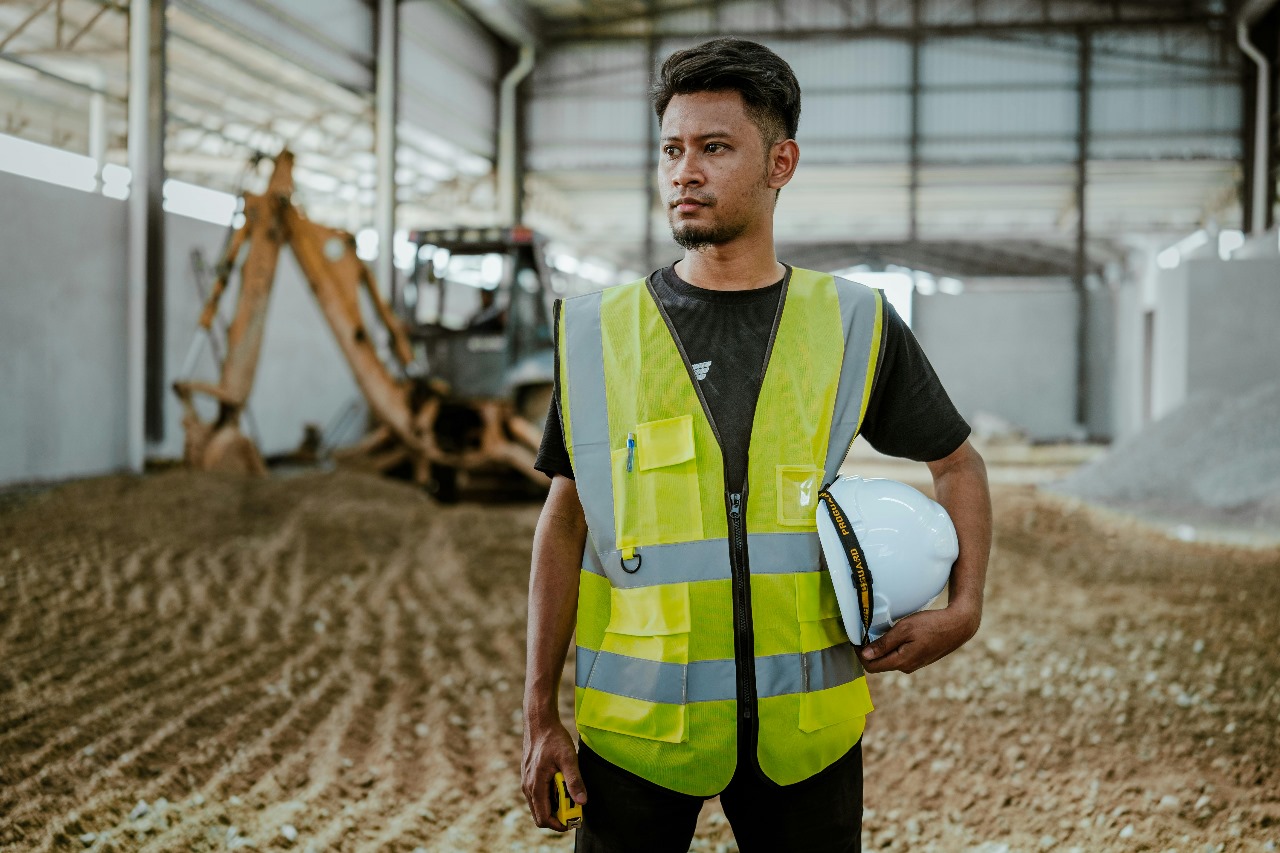Understanding Architectural Model Making
What is Architectural Model Making?
Architectural model making is a nuanced craft that involves constructing physical representations of building designs and spatial layouts. These tangible models serve as a bridge between conceptual designs and actual construction. By translating blueprints and architectural model maker Leipzig into three-dimensional forms, architectural model makers can provide stakeholders—ranging from clients to city planners—with clear visualizations of proposed structures. The practice integrates artistry with technical skill, requiring a solid understanding of architectural principles, design aesthetics, and construction methods.
Importance of Architectural Models in Design
Architectural models play a crucial role in the design process. They serve multiple purposes, including:
- Visual Communication: Models help convey complex architectural ideas clearly, allowing for easier discussions between architects, clients, and investors.
- Design Validation: By presenting a physical representation, architects can evaluate proportions, materials, and lighting conditions before they commit to construction.
- Marketing Tools: Real estate developers use models to market properties, creating a tangible item for potential buyers and investors to engage with.
- Regulatory Compliance: Architectural models help demonstrate compliance with local building codes and zoning regulations during project approvals.
Types of Architectural Models Used in Leipzig
In Leipzig, as in many urban centers around the globe, several types of architectural models are commonly used:
- Conceptual Models: These models are often used in the early stages of design to explore ideas and possibilities without getting bogged down by details.
- Presentation Models: These detailed, aesthetically finished models are used to communicate the design intent to clients and stakeholders during presentations.
- Working Models: These functional models allow architects and engineers to test design elements, structural integrity, and materials.
The Process of Architectural Model Creation
Materials and Tools for Architectural Models
The choice of materials in architectural model making can significantly influence the aesthetics and functionality of the model. Common materials include:
- Balsa Wood: Lightweight and easy to cut, balsa is often used for quick prototypes and models.
- Acrylic and Plexiglass: Ideal for modern and sleek presentations, these materials can create transparent structures.
- Cardboard: Often used for basic models or educational projects due to its availability and low cost.
- Foam Core: A popular choice for its lightweight properties, foam core is frequently used for more detailed and stable models.
Tools such as cutting knives, glue guns, and laser cutters enable model makers to achieve precision and detail in their work. Mastery of these tools is essential for crafting high-quality architectural models.
Steps Involved in Model Making
The model-making process typically involves several key steps:
- Conceptualization: Initial discussions and sketches help define the model’s purpose and desired features.
- Material Selection: Choosing the appropriate materials based on the model’s requirements and intended use.
- Construction: Building the model layer by layer, starting from the base and gradually adding details.
- Finishing: Adding paint, textures, and other aesthetic elements to enhance the model’s visual appeal.
- Presentation: Preparing the model for display, which might include creating a presentation stand or context environment.
Quality Assurance Practices for Model Makers
Ensuring the quality of architectural models requires diligent practices:
- Regular Checkpoints: Periodic evaluations during the model-making process help catch inconsistencies.
- Client Feedback: Incorporating feedback during the building phase aids in aligning the model with client expectations.
- Post-Production Review: After completion, a thorough inspection is conducted, considering aesthetics, accuracy, and durability.
Finding the Right Architectural Model Maker in Leipzig
What to Look for in a Model Maker
When choosing an architectural model maker Leipzig, consider the following:
- Expertise: Look for a maker with a proven track record in the type of models relevant to your project.
- Portfolio: Reviewing previous projects can provide insight into the quality and style of work.
- Communication: A good model maker should be able to articulate ideas and respond constructively to feedback.
Comparing Cost Estimates of Architectural Models
Costs for architectural models can vary widely depending on size, complexity, and materials used. Here are some factors contributing to cost variations:
- Size: Larger models typically require more materials and labor, thus increasing costs.
- Details: Highly detailed models require skilled craftsmanship, which can raise prices significantly.
- Materials: The choice of high-end materials will also impact the total budget.
It’s advisable to obtain multiple quotes and compare what various model makers offer in terms of both cost and service.
Client Testimonials and Project Portfolios
Client testimonials can provide invaluable insights into the usability and reliability of model makers. Look for:
- Reviews: Check online reviews or feedback from previous clients on the model maker’s professional conduct and quality.
- Project Diversity: A rich portfolio showcases versatility and capacity to handle different types of projects.
Case Studies: Successful Architectural Models in Leipzig
Notable Projects by Leipzig Model Makers
Several significant architectural models have shaped Leipzig’s skyline, reflecting the city’s rich architectural culture. Projects include:
- New Leipzig Hauptbahnhof: Model makers created detailed representations of the redevelopment plans of this historical train station, emphasizing its architectural heritage.
- BMW Plant Leipzig: Models of the bustling car manufacturing facility illustrate innovative approaches in industrial architecture, showcasing the factory’s efficiency and modernity.
Innovative Techniques in Architectural Models
Leipzig’s architectural model makers continuously adopt innovative techniques such as:
- 3D Printing: Enhances precision with speed and allows for complex designs previously unachievable by traditional methods.
- Laser Cutting: Increases accuracy in material cutting, allowing for intricate details while maintaining the structural integrity of models.
Lessons from Model Creation: Pitfalls to Avoid
Learning from past projects leads to better practices and fewer mistakes. Here are some common pitfalls:
- Underestimating Budget: Comprehensive planning and quotes can mitigate unexpected costs.
- Neglecting Client Input: Regular check-ins can ensure the project stays aligned with the client’s vision and requirements.
- Ignoring Scale: Always keep scale in mind, as not adhering to it can misrepresent the final project.
The Future of Architectural Model Making in Leipzig
Trends Shaping the Industry
As technology advances, architectural model making continuously evolves. Some trends to watch for include:
- Sustainability: Increasing demand for eco-friendly materials influences model-making practices.
- Digital Integration: The use of virtual reality alongside physical models enhances presentation capabilities.
The Role of Technology in Model Making
Technology is transforming how architectural models are made. digital modeling software and cloud-based collaboration tools streamline communication between architects and model makers, making it easier to adjust designs on the fly. Moreover, advancements in AI provide predictive analytics for better design development.
Educational Resources for Aspiring Model Makers
The demand for skilled model makers is rising, creating opportunities for education and training. Aspiring professionals can explore:
- Online Courses: Many institutions offer specialized courses on model making, covering both technical skills and design principles.
- Workshops: Hands-on workshops provide valuable practical experience under expert guidance.



